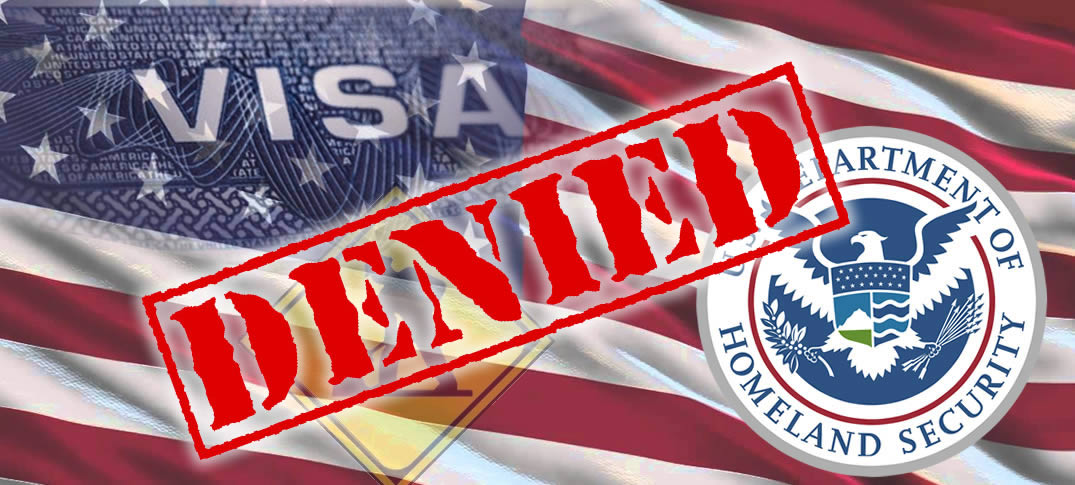Foreign workers have long provided critical support to American businesses in the busy seasons—filling temporary, seasonal jobs when domestic workers were not available. This support—almost always of manual labor—is possible due to the H-2 visa program, which Congress created in 1952 with the aim of “alleviating labor shortages … particularly in periods of intense production.”
Specifically, the H-2A visa allows employers to hire temporary agricultural workers, and the H-2B visa lets employers hire non-agricultural workers, like landscapers and hotel staff. Both are popular with businesses. However, it’s becoming clear that the H-2B program is not doing enough to meet the soaring needs of American employers, who are confronting rising worker shortages in the face of changing U.S. labor dynamics.
A new analysis by the American Immigration Council reveals that the number of temporary non-agricultural workers certified by the U.S. Department of Labor grew from over 147,000 in fiscal year (FY) 2018 to more than 215,000 in FY 2023—a 46% jump in just five years. Still, the visa program caps the number of workers at 66,000 workers per year, split between the first and second halves of the fiscal year. Congress had to authorize additional visas in the past four fiscal years.
More information https://inmigracionyvisas.com/a6159-Seasonal-Immigrant-Workers-Are-in-High-Demand-in-United-State.html












